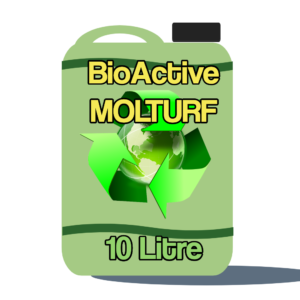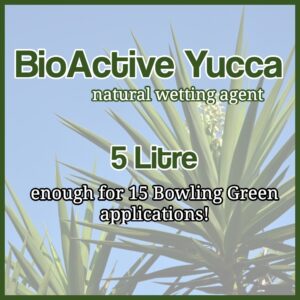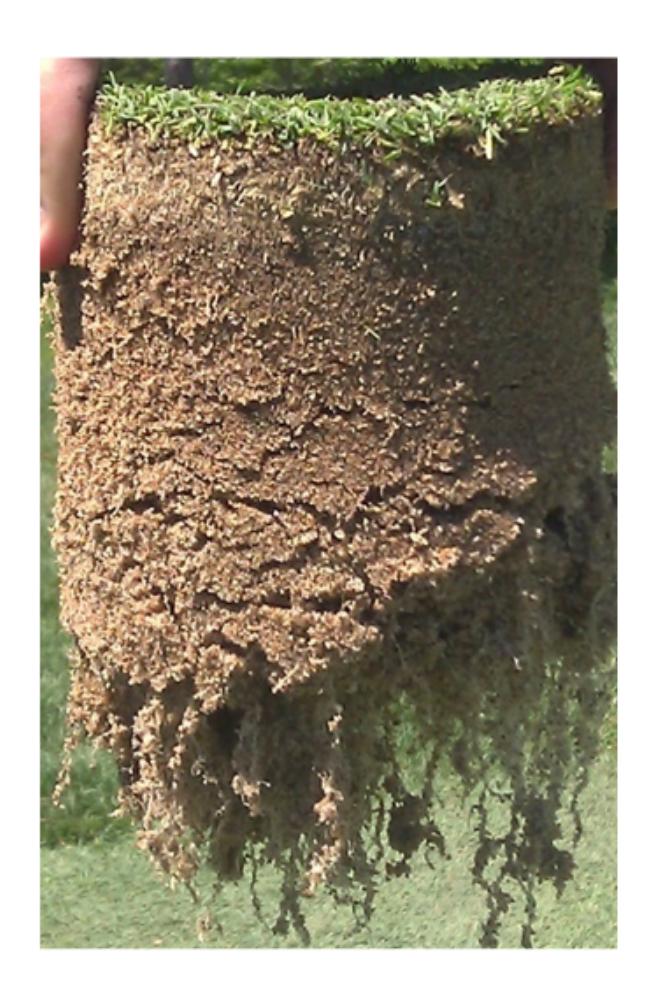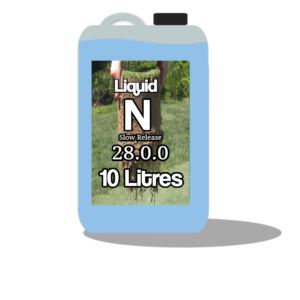Most needed products this week
Get Greenkeeping Answers…Fast!
With over 4 decades of experience in greenkeeping, building and maintaining greens, teaching professional greenkeepers and writing about green performance, John Quinn is one of only 90 Master Greenkeepers worldwide. Bowls Central is owned and operated by John and every query is answered by him personally. Think of John as your very own Greenkeeping Consultant.
Use the form below to get help with your greens asap:
Your Greenkeeping Problems Solved…
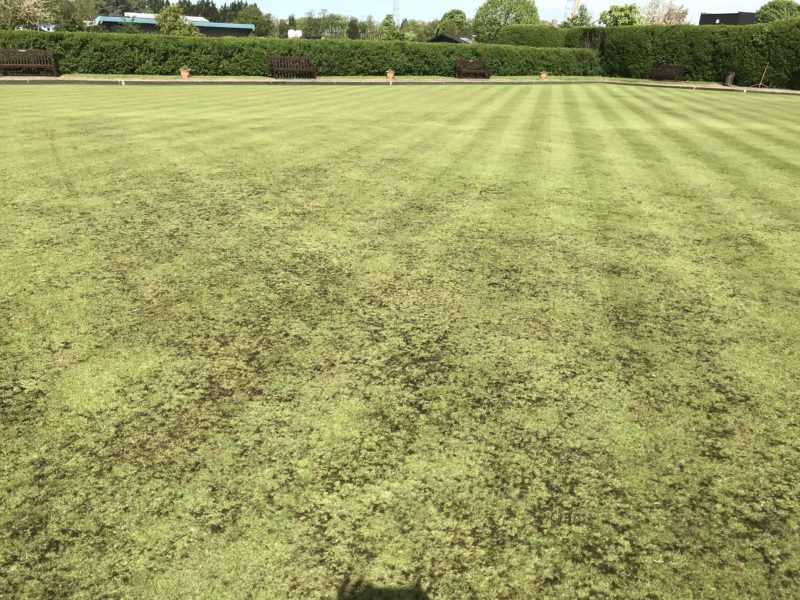
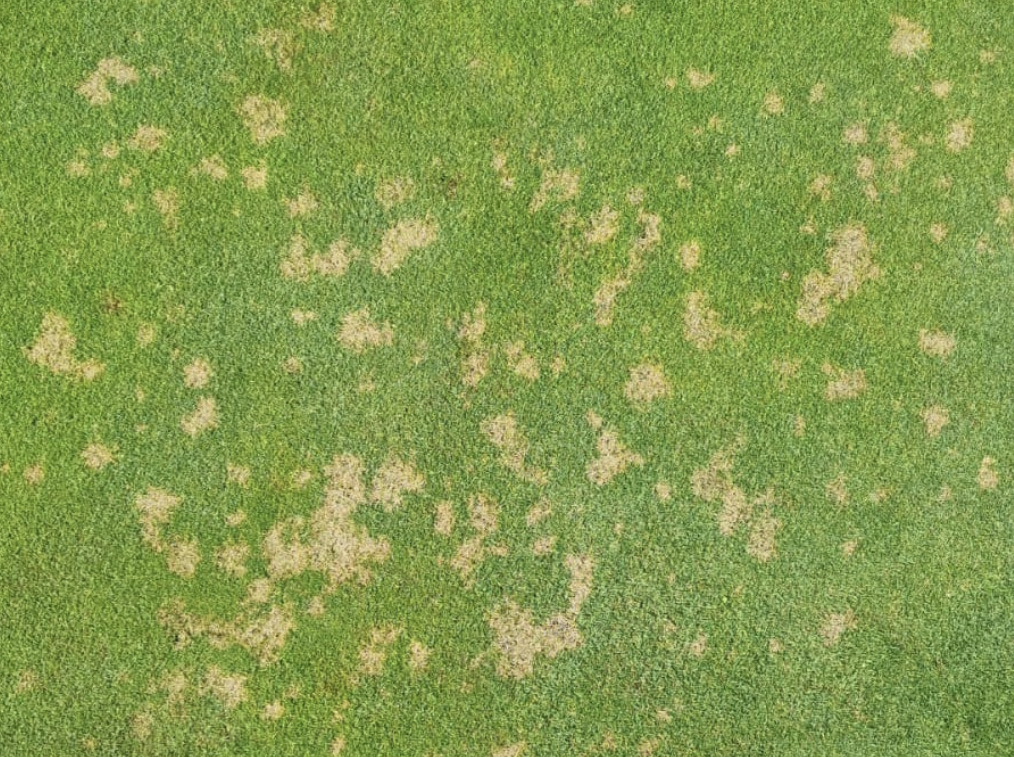
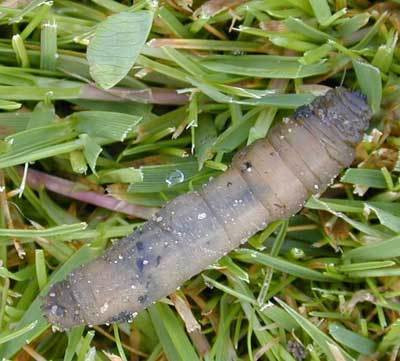
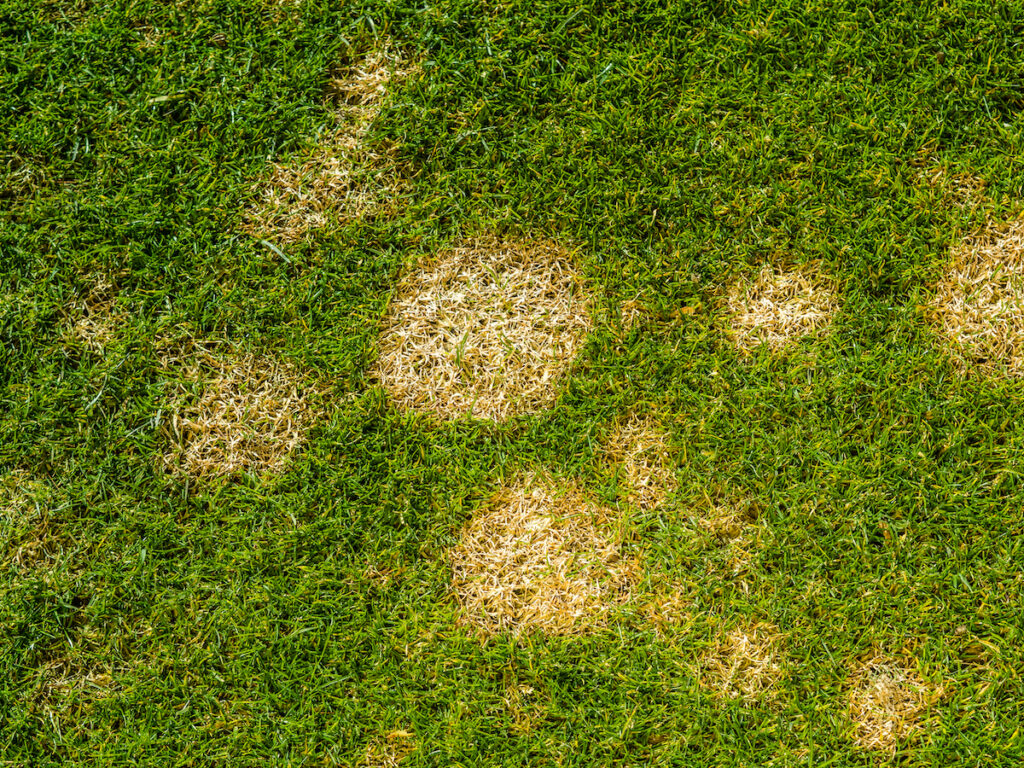
Recommended products
Unlimited Professional Greenkeeping Advice
Maintaining a bowling green can be a very rewarding way to spend your time. Sometimes though, it seems like nothing is going right. I can help you to resolve any greenkeeping problems you encounter when maintaining your bowling green. I’ll help you to fix the problem, not just get rid of the symptoms.
Let me know what I can help you with in the form at the top of the page. Include as much detail as you can and attach photos if possible.
Performance Bowling Greens Ebook
John uses his experience as a teacher and lecturer in greenkeeping to reveal an amazingly simple but powerful formula that you can follow to turn the performance of your green around starting today. The Ebook includes full maintenance schedules for bowling greens at all stages of need, so that you’ll always be clear on what needs to be done. Available for immediate download so you can get started Today!
The Performance Bowling Greens Programme
The job of bowling greenkeeping has become unnecessarily complicated and expensive. Unfortunately, a lot of what is now considered standard practice in bowling green maintenance is actually making greens less enjoyable to play on and much more difficult to manage in terms of performance and cost.
This is largely due to the maintenance practices that have become accepted as essential and an approach to greenkeeping that focusses on the eradication of symptoms, instead of pro-actively maintaining greens for turf health and performance.
The widespread use of synthetic fertilisers, excessive amounts of sand and broad spectrum pesticides is causing an on going cycle of symptoms chasing, just to stand still. If you need proof of this, just look around the various greenkeeping forums and social media groups online to see how many posts begin with “what is this and how do I kill it or get rid of it?”
My Performance Bowling Greens Programme aims to get to the root cause of green problems, whilst returning the turf and soil to a more natural, healthy state making greens much more resilient to problems, and more readily prepared for high performance.
Greenkeeping Advisory Service
To help bowling clubs find a way to overcome years of green performance issues and snowballing maintenance costs, I help them to develop a new way to maintain their greens through my greenkeeping advisory service. This involves undertaking a thorough soil analysis, which I personally advise on for every customer. You will receive a comprehensive report and recommended maintenance programme specifically for your green with unlimited advice and follow up to ensure you set your green on the road to recovery and improved playing performance.
Have a look at the Testimonials Page to see what other greenkeepers think of my service.
Blog
Through my blog here on Bowls Central, you can access a wide range of articles on all aspects of greenkeeping and green performance. Click the Articles link in the main menu to catch up on over 300 articles
Turfcare Shop
The Bowls Central Turfcare Shop has a unique range of natural greenkeeping materials that can help you to produce the highest quality bowling surface. I personally hand pick all of the products to ensure you have access to the best turfcare materials to help you prepare your green to the highest standards.
Academy
The Bowls Central Academy is an educational and benefits package that I’ve specifically designed to help bowling greenkeepers improve their knowledge and skills and grow their confidence in greenkeeping. Membership is open to all clubs and individual greenkeepers and comes with an impressive range of benefits. Find out more about the benefits of Academy Membership here.
Get in touch
Please feel free to get in touch with any greenkeeping problems or questions you have about maintaining your green or my service here on Bowls Central. Queries sent using the form above are sent straight to my personal email inbox and I’ll provide you with my personal mobile number when I respond, so that we can follow up by phone if you prefer. I’m here to provide you with as much help as you need.
Let me know what I can help you with in the form at the top of the page. Include as much detail as you can and attach photos if possible.
Sign up to receive my email newsletter
Click on the image on the left below or scan the QR code to join my email list. You’ll get some free ebooks too!

